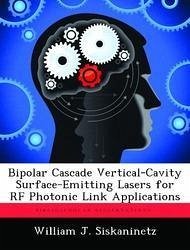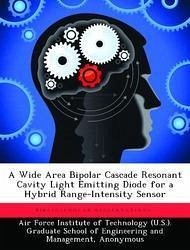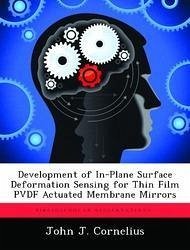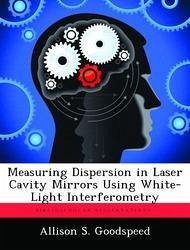Nicht lieferbar

Bipolar Cascade Vertical-Cavity Surface-Emitting Lasers for RF Photonic Link Applications
Versandkostenfrei!
Nicht lieferbar
Large, phased-array apertures for aerospace reconnaissance will require radio-frequency (RF) photonic interconnects or links. Optical links will provide a host of essential functions such as true time delay and wideband local communication. Fiber-based links are low mass, easily reconfigurable, and relatively impervious to temperature. Unfortunately, the standard RF-optical-RF conversion introduces insertion losses of 20 dB or more. There are four primary factors that cause large insertion losses in RF photonic links: (1) a large impedance mismatch; (2) the modulation efficiency of laser diode...
Large, phased-array apertures for aerospace reconnaissance will require radio-frequency (RF) photonic interconnects or links. Optical links will provide a host of essential functions such as true time delay and wideband local communication. Fiber-based links are low mass, easily reconfigurable, and relatively impervious to temperature. Unfortunately, the standard RF-optical-RF conversion introduces insertion losses of 20 dB or more. There are four primary factors that cause large insertion losses in RF photonic links: (1) a large impedance mismatch; (2) the modulation efficiency of laser diodes is low; (3) the optical detectors have poor gain; and (4) not all of the light is coupled into and out of the optical fiber. To avoid the resulting packaging and parasitic issues, the development of monolithically-integrated semiconductor laser stacks was determined to be a promising candidate for a direct-drive RF photonic link device. In this dissertation, the development and demonstration of bipolar cascade (BC) vertical cavity surface emitting lasers (VCSEL) is presented.









